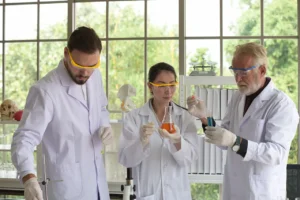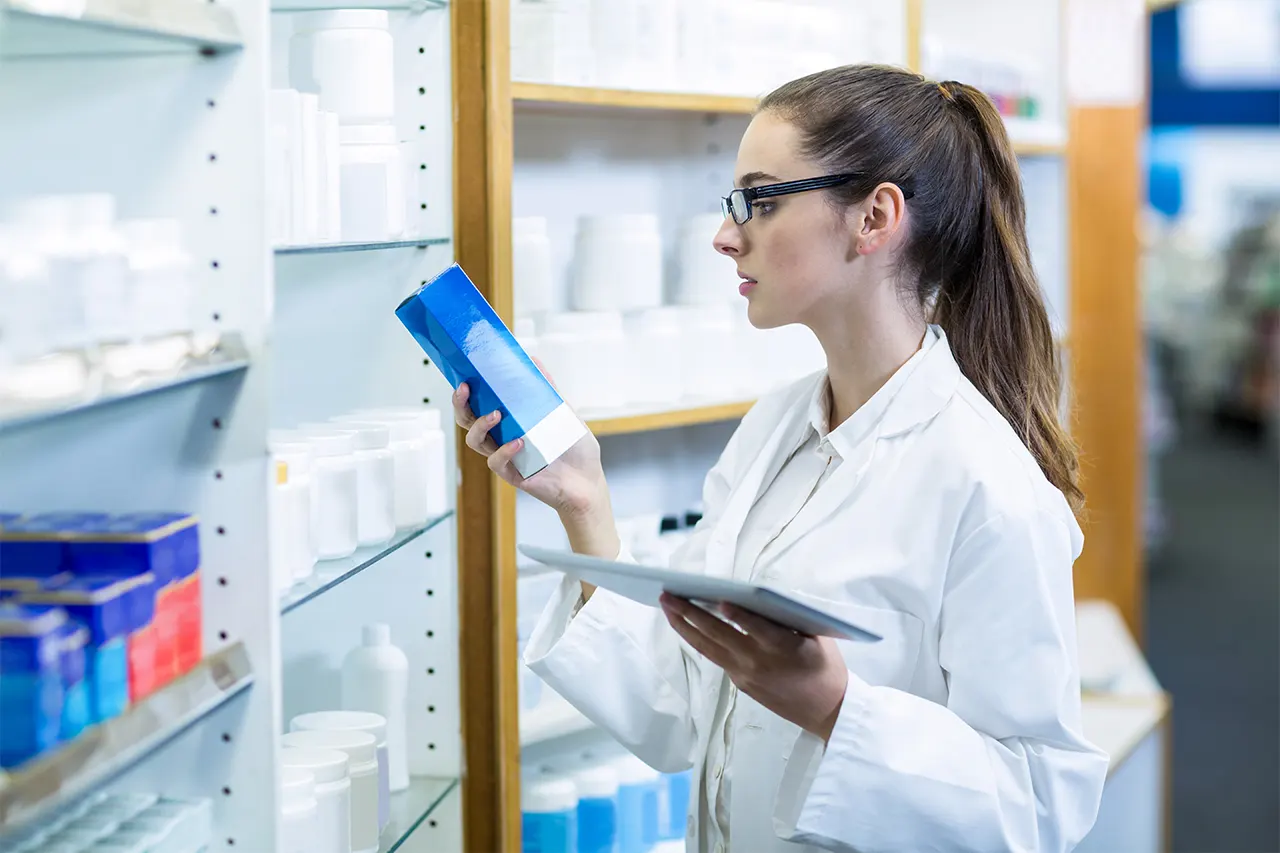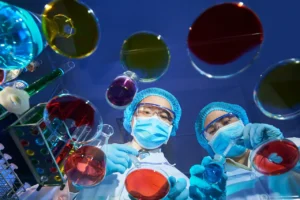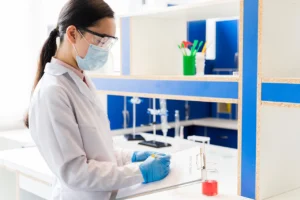
In-Depth: Why Merck, Germany Chemicals Are Trusted in Labs Worldwide
In the scientific community, a brand name is synonymous with quality and reliability. This article explores why “Merck” is the name researchers around the world trust.

Ordering laboratory chemicals is a more careful process than purchasing regular products, as different chemicals have different properties, purities, and hazards. A small mistake can have far-reaching consequences, ranging from negating an entire experiment, wasting money, or causing serious harm to users and the workplace.
To prevent errors and make every order go smoothly and safely, we have created a checklist of 7 important points that you should check carefully every time before deciding to press to order chemicals.
1. Name, Chemical Formula, and CAS Number. This is the most important first step in identifying a chemical.
2. Purity Grade The same chemical can come in different grades, which directly affects its cost and suitability for use. Choosing the wrong grade can result in unnecessary waste or invalid results. Common grades include:
3. Package Size and Physical Form Consider the actual quantities required to avoid ordering too much or too little. Also, double check the “condition” of the chemical to see if it is a powder, liquid, or a ready-to-use concentrated solution. For example, do you need a 37% solution of Hydrochloric acid (HCl) or a 1M diluted HCl solution?
4. Safety Data Sheet (SDS) The SDS is the most important document for safety. Every user must study it before the chemical even reaches the lab. The SDS contains all the important information such as:
5. Certificate of Analysis (COA) For high precision or quality control (QC) applications, a COA is essential. This document is issued by the manufacturer to certify the properties of a chemical in a given batch. It lists the actual purity, contaminant levels, and other test data for reference and traceability.
6. Expiration Date Many chemicals have a limited shelf life. Checking the expiration date before ordering will ensure you have enough time to use the chemicals before they deteriorate, which could affect the accuracy of your experiments.
7. Reliable Supplier Choose a reliable vendor or company that can provide complete information and documentation (SDS, COA), has standardized storage and transportation processes, and can provide technical advice when needed. Choosing a good vendor is an investment in quality and safety.
Summary
Thoroughly checking the information according to these 7 checklists before pressing the order is a guarantee of the quality of the work in the laboratory. MIT Trade We are distributors and importers of laboratory chemicals with complete certification documents and a team ready to provide advice on choosing chemicals to meet your needs.

In the scientific community, a brand name is synonymous with quality and reliability. This article explores why “Merck” is the name researchers around the world trust.

Cultivation of microorganisms is the heart of microbiology, and culture media is a key factor. This article will introduce you to the types of culture media.

Storing chemicals isn’t just about finding a place to put them, it’s about safety. This article is a guide to helping you store chemicals in your lab properly.
เว็บไซต์ mit-trade.com มีการใช้งานเทคโนโลยีคุกกี้ หรือ เทคโนโลยีอื่นที่มีลักษณะใกล้เคียงกันกับคุกกี้ บนเว็บไซต์ของเรา โปรดศึกษา นโยบายการใช้คุกกี้ และ นโยบายความเป็นส่วนตัวของข้อมูล ก่อนใช้บริการเว็บไซต์ ได้ที่ลิงค์ด้านล่าง